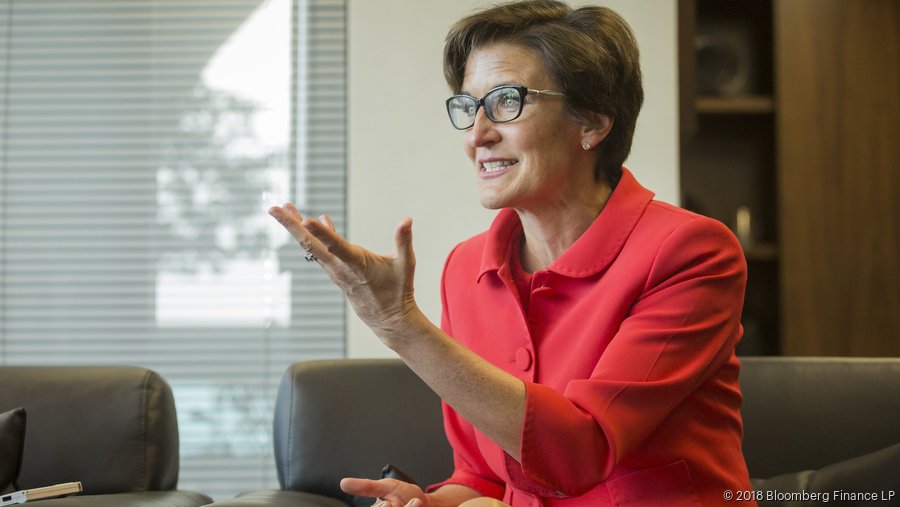
Jane Fraser made history in 2021 by becoming the first woman to lead a major Wall Street Bank. Throughout her role as CEO of Citigroup, Fraser has overseen a dramatic transformation of the bank, gaining her the reputation as the most powerful woman on Wall Street. Fraser’s path to her successful career began at Cambridge University where she studied Economics before starting her first job at Goldman Sachs as an analyst in mergers and acquisitions. She later attended Harvard Business School before joining the consulting firm McKinsey, where she focused on financial services and strategy. In 2004, she moved to Citigroup as Head of client strategy, marking the beginning of her 20-year tenure with the bank. In 2007, she was promoted to Global head of Strategy and Mergers and Acquisitions where she played a pivotal role during the 2008 Financial Crisis by helping to raise capital and restructure the firm. Following this, in 2009, she became CEO of Citi Private bank, which at the time had an annual deficit of around $250 million. Throughout her 4 years in this role, Fraser dramatically turned around the inefficient division, bringing it back up to profitability. In 2019 she became President of Citigroup and Head of Global Consumer Banking, meaning she was responsible for overseeing consumer businesses in 19 markets. Since taking the role of Chief Executive Officer in 2021, Fraser has led an ambitious restructuring process, focusing on efficiency and modernisation. Over the past four years, there has been a reduction of 20,000 jobs, whilst also ensuring that workers were supported through retraining and reassignment programmes. She has also made management at Citigroup more productive by removing excess layers of leadership from thirteen to eight, in hope of encouraging prompt decision making and efficiency. Along with this, she removed any existing regional layers in Asia Pacific, Europe, Middle East and Africa, and Latin America. In addition, there has been a business focus on technological development in order to improve customer service and align Citigroup with shifting needs of the financial industry. The effectiveness of these changes is evident as net income has increased by 37%, while year on year revenue has grown by 3%. However, Fraser was not only interested in increasing the profitability of the firm as on her first day she announced her plan for Citi-group to achieve net-zero greenhouse gas emissions by 2050 in its financing activities. Fraser has also made drastic changes to the workplace by introducing a hybrid model of work which allows employees to work two days a week from home. This model is not only a stark contrast to the recommendations of the Trump administration but also to competitors such as JP Morgan Chase and Goldman Sachs who called workers back to the office in the summer of 2021. She claimed that the company had a competitive advantage by allowing employees to work from home part time as it was more appealing to senior members of other banks. Along with this, Fraser also implemented ‘Zoom-free Fridays’ and encouraged employees to take more annual leave, which is another example of her focus on promoting an improved work life balance for workers. Jane Fraser serves as an exceptional role model to both women and men in the financial sector for a multitude of reasons. As the first CEO of a major Wall Street bank, she paved the way for greater diversity within the sector whilst demonstrating that it is possible to balance a highly demanding career with family life. Additionally, she has proven to be resilient, whether it be reorganising and turning around underperforming teams, or tackling the Financial Crisis of 2008 as global head of strategy and mergers & acquisitions. Her strategic vision, particularly her focus on technological development and environmental sustainability, emphasises the importance of progressive and bold leadership.